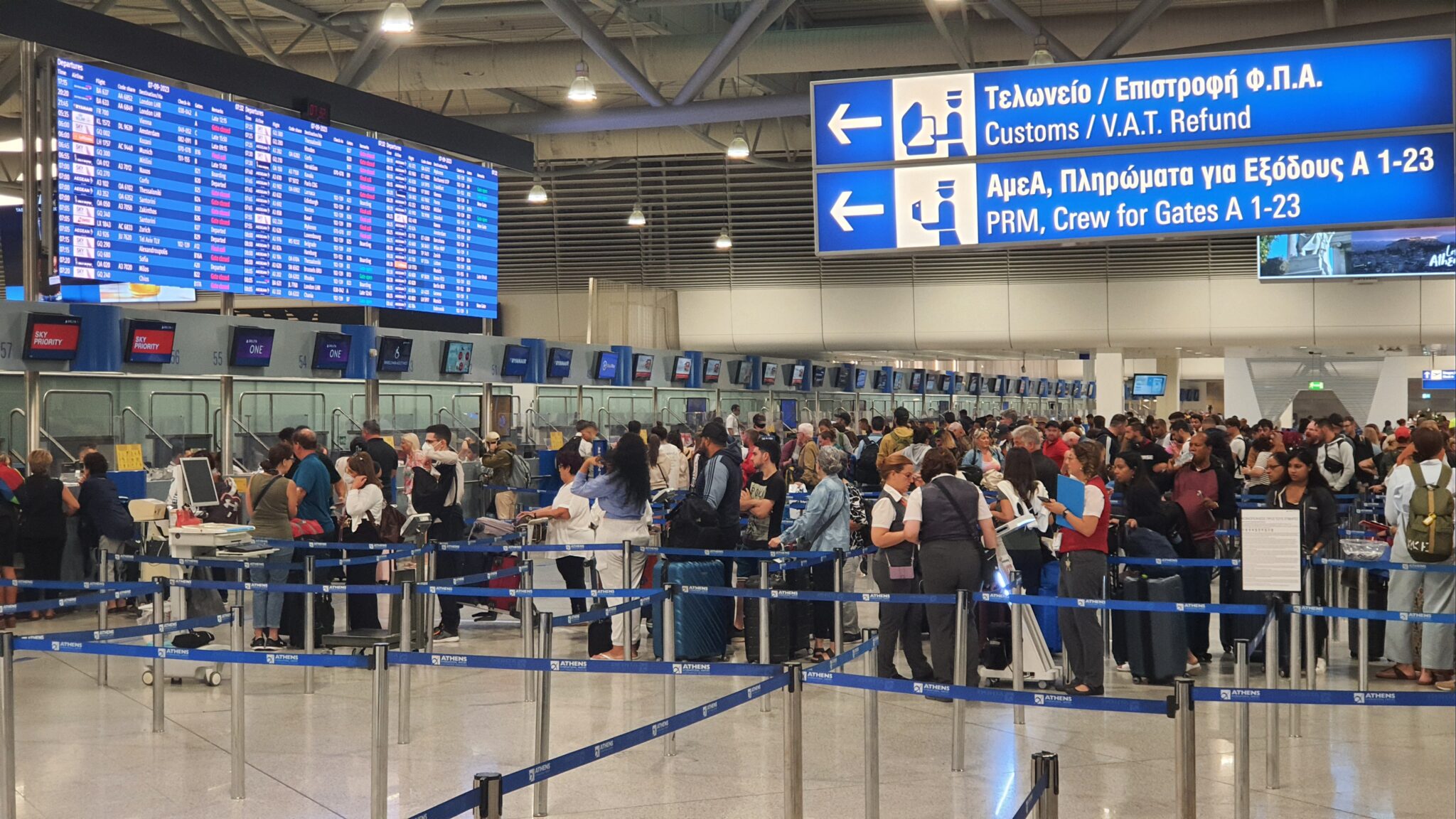
ForwardKeys says that post-Covid-19, the extent to which outbound traffic has recovered at major global hubs varies considerably
Global aviation industry tracking and analysis firm ForwardKeys says that Europe, along with MENA, is leading the rapid acceleration in international air travel recovery. In a report, ForwardKeys says that analysis of historical data on international passenger departures by airport in January to July 2023, combined with forecast data for August to December 2023, reveals several notable trends when compared to the equivalent figures for 2019.
In the report, ForwardKeys says that post-Covid-19, the extent to which outbound traffic has recovered at major global hubs varies considerably. It says that Dubai International (DXB) remains the leader in departing international passenger numbers, having fully recovered to 2019 levels. Its solid performance is attributable to excellent connectivity and its position as a global crossroads, benefitting from reactivated European, North American and Indian travel. Outbound seat capacity is set to improve further with the gradual recovery of Chinese long-haul travel, it adds.

Top airports by international outbound traffic
London Heathrow (LHR) exhibits a similarly impressive recovery, with international passengers departing the airport surpassing 2019 levels by 2 pc, says ForwardKeys. High demand for transatlantic travel between North America and Europe is an important contributing factor here, with specific growth in traffic on flights departing London Heathrow (LHR) for the United States. It adds that in Turkiye, Istanbul (IST) shows a substantial increase in outbound international traffic over 2019 at 37 pc, attributable in part to increased leisure travel interest in Turkey. Meanwhile Doha’s Hamad International (DOH) displays growth of 15 pc, an increase that reflects re-established connections within Middle East and North Africa (MENA) which were negatively affected during the 2019 diplomatic crisis.
It adds that single-digit growth at New York’s John F Kennedy International (JFK, up 1 pc from 2019) and Dublin (DUB, up 3 pc) reflects the recovery of US travel demand into Europe post-pandemic and the continued importance of Ireland as an entry or departure point for American travellers.
ForwardKeys says that in Asia, regional traffic has yet to return to 2019 levels, although continued growth in outbound travel demand from China is expected to accelerate recovery. However, within this context, Incheon International in Seoul (ICN) and Singapore Changi (SIN) each show encouraging performance, with outbound international traffic at 77 pc and 85 pc of pre-COVID volumes respectively.
It adds that the top 50 ranking of airports by outbound international passenger traffic differs substantially from that of 2019, with significant movement among European and MENA airports in particular. In Europe, substantial ranking gains for Istanbul’s Sabiha Gokcen (SAW) and Antalya (AYT) reflect increased “sun and beach” travel demand to Turkiye as holidaymakers seek better value for money. Berlin Brandenburg (BER) enters the top 50 airports by international departures for the first time, having replaced the city’s Schönefeld and Tegel airports which closed in late 2020.
Paris Orly (ORY) climbs 13 places in the rankings compared with 2019, partly due to additional capacity added by the inauguration of the new Terminal 3 in April 2019. Málaga–Costa del Sol (AGP) also enters the top 50, with international outbound seat capacity boosted by the opening of EasyJet’s new seasonal base at the airport in 2021.

Marina Giuliano
In MENA, Cairo International (CAI), and Jeddah (JED) show significant ranking gains of 26 and 16 places respectively, emphasising the growing importance of the region for business travel and long-haul transit, along with continued promotion of tourism by Gulf Cooperation Council (GCC) states looking to diversify their economies, says the report by ForwardKeys.
“These figures only demonstrate that what we are seeing in some destinations is not travel recovery but a shift in the way people travel, with plenty of emerging new business opportunities for retailers and brands to consider in Europe and the Middle East. While APAC reactivation is taking longer with noticeable changes in traveller preferences and traveller profiles, which is greatly impacting the top global airports,” says Marina Giuliano, VP of Brands, Retail and Media at ForwardKeys. “Even more reason to rely on data for your business intelligence and expansion plans,” she adds.





















